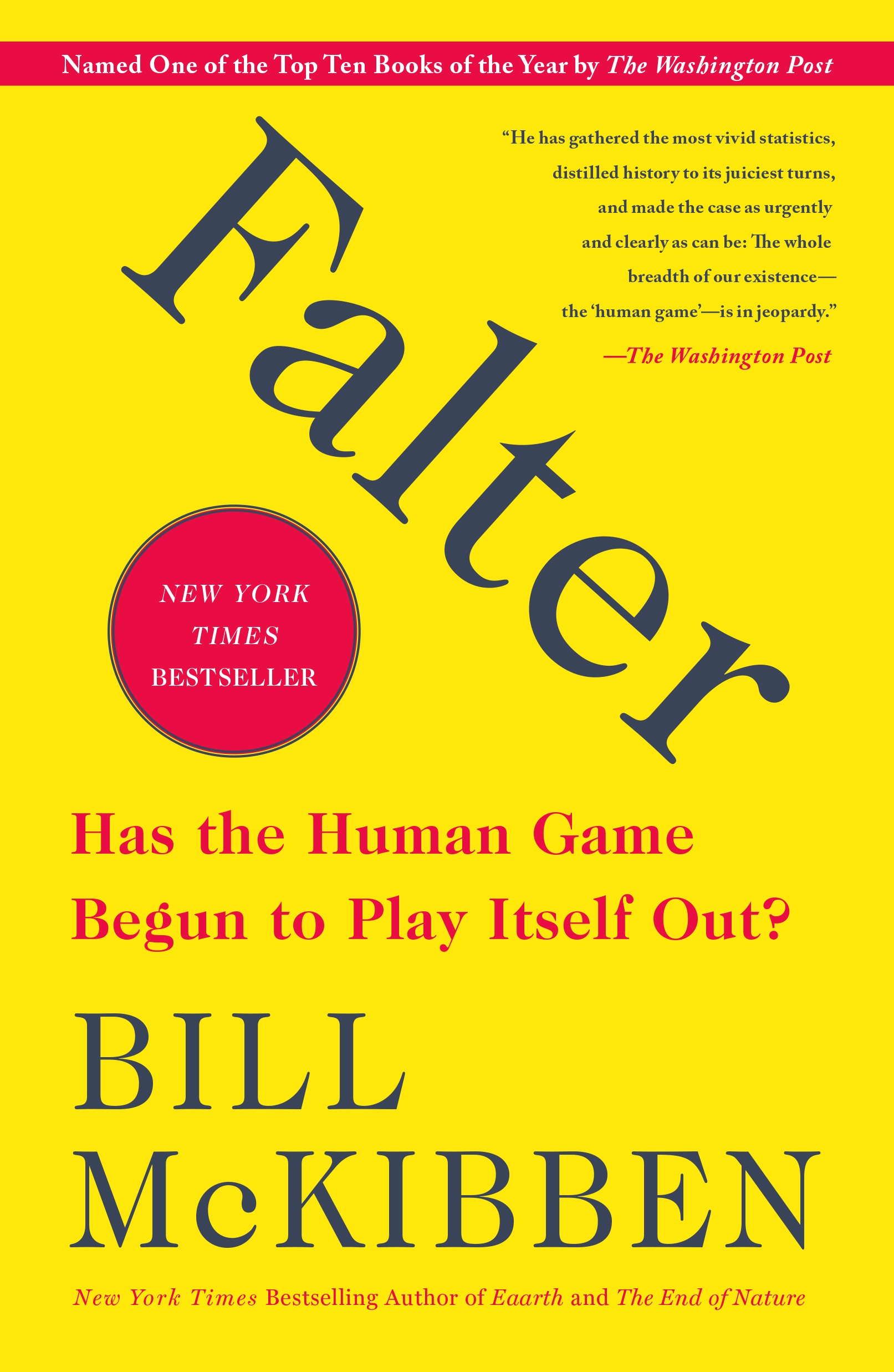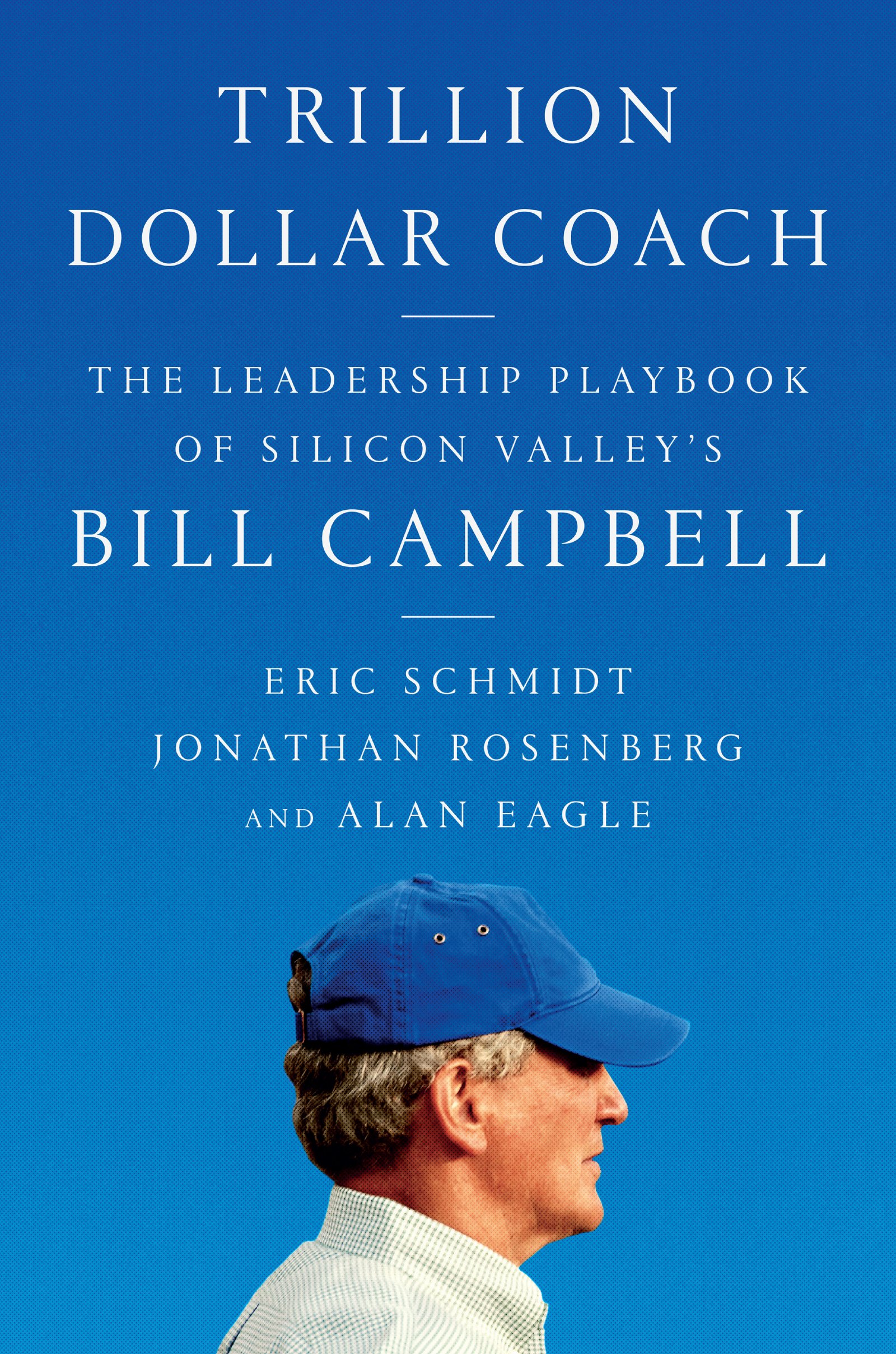A Knowledge Matrix Modeling Of The Intelligence Cycle
by Air Force Institute Of Technology (u.s.)
2021-01-03 20:22:53
A Knowledge Matrix Modeling Of The Intelligence Cycle
by Air Force Institute Of Technology (u.s.)
2021-01-03 20:22:53
This effort models information flow through the United States Intelligence Community's Intelligence Cycle using a knowledge matrix methodology. The knowledge matrix methodology takes explicit data from multiple sources and fuses that data to measure ...
Read more
This effort models information flow through the United States Intelligence Community's Intelligence Cycle using a knowledge matrix methodology. The knowledge matrix methodology takes explicit data from multiple sources and fuses that data to measure a current level of knowledge about a target, or situation. Knowledge matrices are used to develop a measure of user-needs satisfaction. User-needs satisfaction compares requested levels of knowledge to a probability of collecting that knowledge within a designated timeframe. This effort expands the work done by Captain Carl Pawling in his March 2004 thesis, Modeling and Simulation of the Military Intelligence Process, by modeling intelligence as an opportunistic, multi-source, multi-entity system of systems. The value of intelligence fusion is compared, and analyzed between three different algorithms; no fusion, a mixed forward and fuse strategy, and strict fusion strategy. These fusion algorithms are then applied to competing intelligence collection architectures in varying intelligence activity scenarios to determine which architectures will most improve the probability of satisfactory collection. Satisfactory collection is measured in terms of quantity, timeliness, and user-need satisfaction of completed intelligence reports.
Less






























